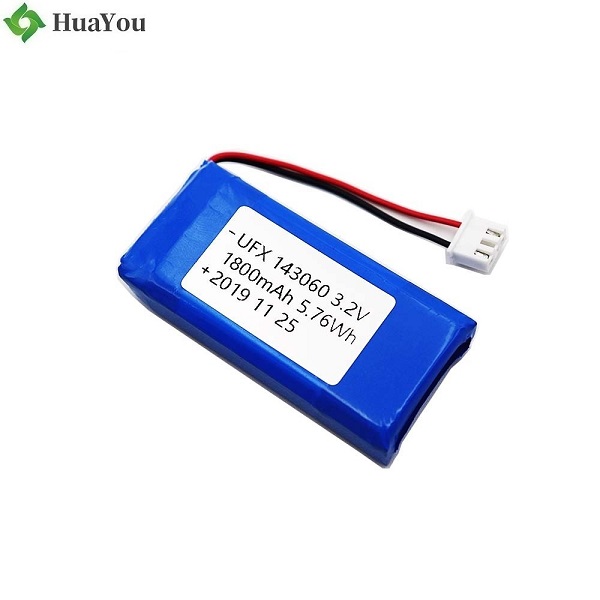The decommissioned lithium iron phosphate batteries and the batteries after the cascade use that do not have the value of cascade use will eventually enter the dismantling and recycling stage. The difference between a lithium iron phosphate battery and a ternary material battery is that it does not contain heavy metals, and the main recovery is Li, P, and Fe. The added value of recycled products is low. Need to develop a low-cost recovery route, there are mainly two recovery methods, fire method and wet method.

1. Fire recovery process
The traditional fire method generally burns the electrode sheet at a high temperature to burn off the carbon and organic matter in the electrode sheet. The remaining incombustible ash is finally screened to obtain fine powder materials containing metals and metal oxides. The process is simple, but the treatment process is long, and the comprehensive recovery rate of valuable metals is low. The improved fire recovery technology is to remove the organic binder through calcination to separate the lithium iron phosphate powder from the aluminum foil to obtain the lithium iron phosphate material, and then add an appropriate amount of raw materials to obtain the required molar ratio of lithium, iron, and phosphorus, using a high-temperature solid phase Method to synthesize a new type of lithium iron phosphate. According to cost estimates, the improved pyrotechnic dry recycling of waste lithium iron phosphate batteries can be profitable, but the newly prepared lithium iron phosphate according to this recycling process has many impurities and unstable performance.
2. Wet recovery process
Wet recovery is mainly to dissolve the metal ions in the lithium iron phosphate battery through acid-base solutions, and then use precipitation, adsorption and other methods to extract the dissolved metal ions in the form of oxides, salts, etc., most of the reaction process uses H2SO4, NaOH And H2O2 and other reagents. The wet recycling process is simple and does not require high equipment, and is suitable for industrial-scale production. It is the most researched by scholars, and it is also the mainstream waste lithium-ion battery treatment route.
The wet recycling of lithium iron phosphate batteries is mainly to recover the positive electrode. When using the wet method to recover lithium iron phosphate cathodes, the aluminum foil current collector must first be separated from the cathode active material. One of the methods is to dissolve the current collector with lye, the active material does not react with the lye, and the active material is obtained by filtration. The second method is to dissolve the binder PVDF with an organic solvent, separate the lithium iron phosphate cathode material from the aluminum foil, and reuse the aluminum foil. The active material can be processed later, and the organic solvent can be recycled through distillation. Compared with the two methods, the second method is more environmentally friendly and safer. One way to recover lithium iron phosphate in the positive electrode is to generate lithium carbonate. This method of recycling is low in cost, and most lithium iron phosphate recycling companies use it, but the main component (content 95%) of lithium iron phosphate is not recycled, resulting in a waste of resources.
The ideal wet recovery method is to convert the waste lithium iron phosphate cathode material into lithium salt and iron phosphate, so as to realize the recovery of all elements of lithium, iron and phosphorus. For iron phosphate, it is necessary to oxidize ferrous iron to ferric iron, and then extract lithium with acid leaching or alkaline leaching. Some scholars use oxidation calcination to separate aluminum flakes and lithium iron phosphate, and then use sulfuric acid to leaching and separate to obtain crude iron phosphate. The impurities in the solution are removed and lithium carbonate is precipitated with sodium carbonate; the filtrate is evaporated and crystallized, and the by-product anhydrous sodium sulfate is sold; the crude iron phosphate is further refined to obtain battery-grade iron phosphate, which can be used to prepare lithium iron phosphate materials. After years of research, the process has become mature.



